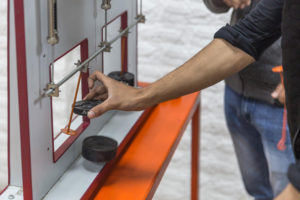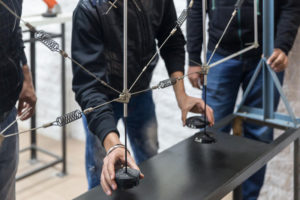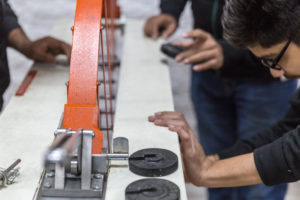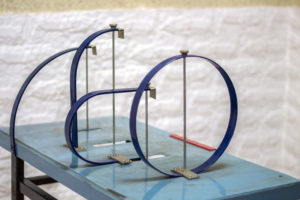Structural engineering is one of the most fundamental engineering disciplines because it deals directly with the structural integrity and strength of a building or structure. Thus all construction projects must utilize the principles of structural engineering in order for the new building or structure to bear its own load and to be able to withstand the demands that will be placed upon it.
Structures must be designed so that they can withstand their own weight as well as the loads and pressures that will be placed upon them. Structural engineers provide crucial information about roof types, foundations, floors, steel beams, material quality, retaining walls, and more.
Structural engineering is founded on the principles of physics and mathematics. It involves applying knowledge of physical laws as well as empirical research into the strength of different materials as well as the necessary geometry and calculations required for a structure to be sound. Some key ways that structural engineering affects projects include the design of the structure and an analysis of the structure.
Thus, Structural Analysis is an elementary course in Civil Engineering. Various methods and their underlying mechanics in determining the response of structures when subjected to external loads is discussed in this. This course is comprehensive at the basic level. Journey through this course will help students to build the foundation for more advanced courses related to structural engineering.
Structural Analysis laboratory gives students a great exposure for understanding the theoretical concepts in structural analysis and can well relate to it. This lab is unique of its kind, because, it houses testing facilities for various structural members both determinate and indeterminate. The laboratory hosts several loading apparatus like trusses, suspension bridge, coupled beam, portal frames, two hinged and three hinged arches, strut columns and many more.
The laboratory gives a much better understanding of the behavior of different structures when loaded with various kinds of loading conditions. This course mainly deals with the evaluation of internal forces, moments and corresponding stresses in structures through problem-solving sessions and laboratory activities. This knowledge can be applied to a real-life design project, developing skills in the design of structures to satisfy functional and strength requirements.
Course Objectives
- To introduce the students to the concept of theory of structural analysis and methods in structural analysis.
- Ability to analyze statically determinate and indeterminate structures
Course Outcomes
Students who successfully complete this course will be able to:
- Distinguish between statically determinate and indeterminate structures.
- Apply equations of equilibrium to structures and compute the reactions.
- Draw the shearing force and bending moment diagrams.
- Calculate the internal forces in cable and arch type structures.
- Evaluate and draw the influence lines for reactions, shears, and bending moments in beams and girders due to moving loads.
- Calculate the deflections of truss structures, beams, and portal frames.
A knowledgeable structural engineer is one who knows how to do his calculations right, making complex projects look easier to construct and build within a stipulated timeframe without glitches. Whenever the service of a competent structural engineer is employed, cost of construction is greatly reduced because the engineer knows the accurate amount of materials required to use in the right proportion. This will eventually reduce the cost of building to a great extent. This course helps in molding such competent structural engineers.






